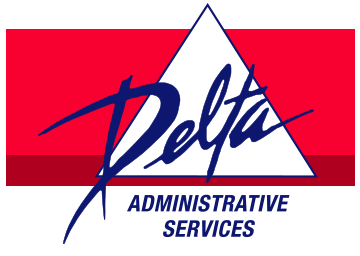As we approach the new year, it's crucial to stay informed about the latest developments…
COVID-19 Update May 6, 2020
Big news today, if you do not believe you truly qualify for the PPP loan and want to return the money, no questions, the SBA just pushed back the deadline to return the PPP Loans until May 14th .
If you have not applied for your PPP loan yet, there are rumors they are almost out of money again, so please get your application in as soon as possible.
I attended a lot of webinars today and spoke to a few CPA firms that we trust about the definitions for PPP forgiveness rules. This is what we know as of today, there are 3 key rules that must be followed to get as much forgiveness as possible:
- The first rule is you must use 75% of the money toward Payroll expenses that are deemed allowable. You can pay people less than 100% of their pay to the pandemic shutdown; however, we suggest you don’t pay less than 76% of the employee’s previous average wage. This way you can’t get penalized for paying 75% or below. This leaves a maximum amount of 25% toward other expenses, these expenses are defined as Rent, Mortgage Interest, Utilities, and other expenses.
- There are various time frames you can use to calculate your average headcount. In general, borrowers can calculate their aggregate payroll costs using data either from the previous 12 months or from the 2019 calendar year. For seasonal businesses, the applicant may use average monthly payroll for the period between either February 15, 2019 or March 1, 2019 and June 30, 2019. An applicant that was not in business from February 15, 2019 to June 30, 2019 may use the average monthly payroll costs for the period January 1, 2020 through February 29, 2020. You must have the same average employee count for these 8 weeks to get 100% forgiveness. This is critical to get your employee count paid during your 8 weeks of the PPP period to match the average headcount you turned in with your application. This is also why the information that came this past weekend is so important. The SBA has stated that if you offer your employees in writing the position back at the same pay and hours and they turn you down, you can reduce your headcount toward forgiveness of the loan. Remember this all must be documented and saved so you can prove to the SBA that your lower your employee count is valid.
- There is a penalty if you go below paying the people 75% or less than their previous average wages as reported through your application process. So, if you plan to lower your employees’ pay, we suggest paying them at least 76% of their previous average wages in order to meet the guidelines for forgiveness.
As always, these guidelines are all subject to change by the SBA at any time, but all our sources say the items above are the key to forgiveness.
I just want to remind everyone about Workers Compensation Insurance for anyone you’re paying to stay at home and not work. The NCCI has declared that it is not necessary to pay the Workers Compensation premium on those payroll dollars. We have attached a sheet sent to me from a friend at NCCI showing each state that abides by these NCCI guidelines. We are advising all our clients to make sure they are separating any pay that goes toward any employee that is not actually working to ensure Workers Compensation premiums will not be charged on these payroll dollars.
Today’s attachments:
- Cantrell Requirement to track business prompts concern – this is an article from a local business publication, New Orleans CitiBusiness, that reviews the New Orleans mayor’s proposal to track anyone that they come into contact with. This is all a little too much like big brother watching to me.
- Increased Scrutiny of PPP loans – this is another article about how the SBA is now coming out with warnings for companies that can’t prove they needed the money due to the downturn in business. This coincides with the push back of the date that was released today to give back the money by May 14th.
- NCCI rule adoption – this is the circular mentioned above from the NCCI about each state’s view of not applying Workers Compensation premiums to the salaries of employees being paid to stay at home and not work.
- Practical guide for returning to work – 1st of 2 articles today on good info to keep in mind when employees return to work.
- Return to work guidelines – 2nd article with more items to think about as more employees come back to work.
We are here to help, so please feel free to reach out if you have any questions or need guidance through this strange period we are all living through.
